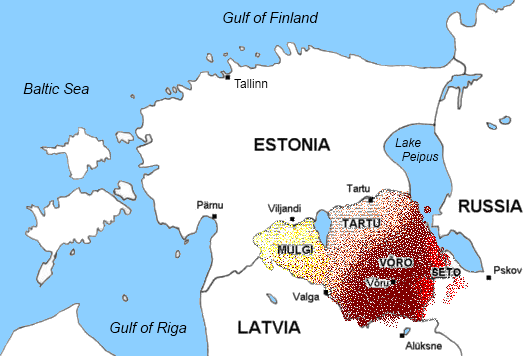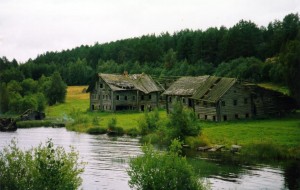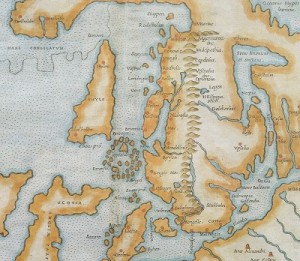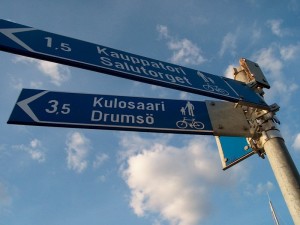The declension of Finnish nouns is more complicated that conjugating Finnish verbs. The reason is that the number of verbs is more limited in Finnish, and even loan words are formed to verbs with specific endings.
Nouns on the other hand can take (almost) any shape. And loan words can be used as such, with the Finnish noun endings of course. So you could take the English word ‘sting’, and apply inflectional endins to it.
Try declining Finnish nouns:
- https://www.verbix.com/languages/finnish-nouns.html
- See the Finnish declension of ‘sting‘


 A book teaching Finnish for school children tells on page 11: “It is important to know the infinitive, if you need to look up the word in a dictionary. You can get help in this at
A book teaching Finnish for school children tells on page 11: “It is important to know the infinitive, if you need to look up the word in a dictionary. You can get help in this at 


